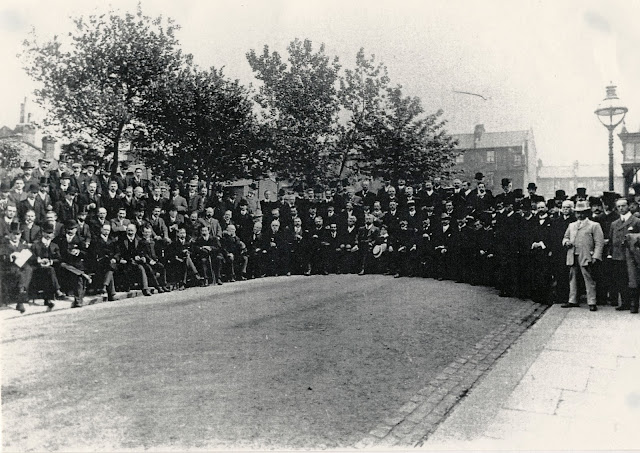“Progressives in Battersea pioneered the public provision of music, arguing that free concerts were 'delightful counter-attractions' to the public house. Through his efforts on the borough council, Mr W Lethbridge managed to establish a municipal choir and orchestra, erect an organ in the town hall, hire an official borough organist and institute free public concerts.” - British Socialists and the Politics of Popular Culture, 1884-1914. Below is the first page of the 8 page organ proposal from 1900.
In 1901, the Grand Hall became the home of Robert Hope-Jones’ electric organ. With 4 manuals, 41 speaking stops and a complex structure stretching far into the depths of the building, it is the largest remaining Hope-Jones designed organ in UK. It was once the heart and soul of the building, enjoyed by a diverse audience for recitals and even musical accompaniment to silent movies. Sadly, the complexity of the instrument made it difficult and expensive to maintain, and eventually it fell into disrepair.

Robert was a telephone engineer but became famous for his work developing the tonal and technical development of the classic organ design. He left for the USA to continue his work with Rudulph Wurlitzer Co, where his ideas helped to create the Mighty Wurlitzer theatre organ, installed in cinemas across the States and the UK. For more from the archive about the Robert Hope-Jones organ, please click here.









.jpg)

